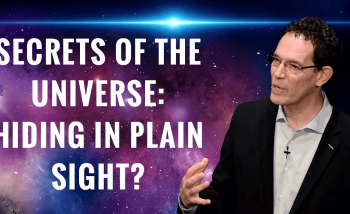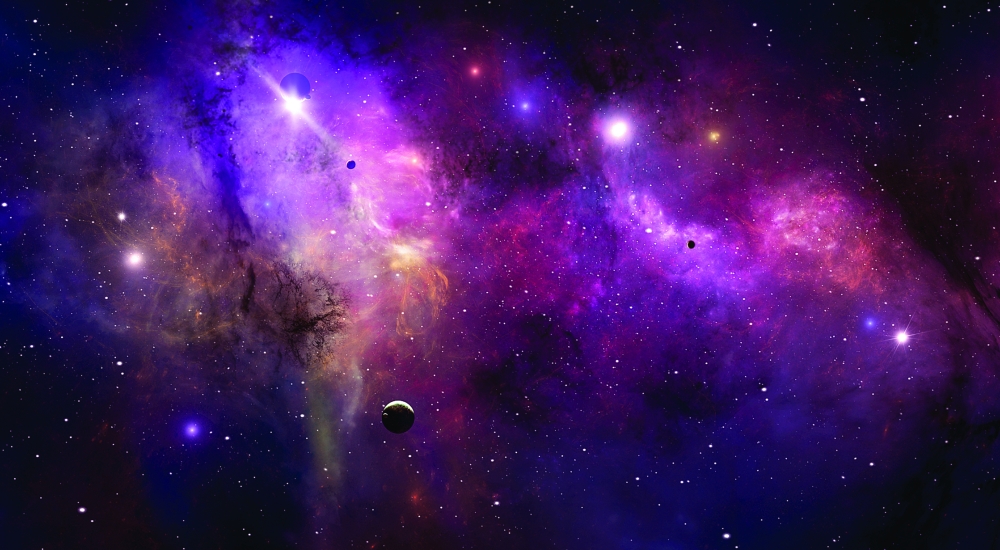The universe itself provides a wonderful laboratory for exploring microscopic physics beyond the Standard Model of particle interactions. Through cosmology, we have uncovered foundational surprises: dark matter, dark energy, and a quantum mechanical early universe. In the next few years, we hope to understand these surprising phenomena in more detail and elucidate their fundamental nature.
Modern cosmology combines theory and experiment, and Perimeter is deeply involved in both aspects. On the theory side, Perimeter is an ideal environment for exploring new ideas, with strong connections to the Particle Physics, Strong Gravity, and Quantum Fields and Strings research areas. For example, Perimeter researchers Job Feldbrugge and Neil Turok recently introduced new mathematical tools for computing oscillatory path integrals. Initially motivated by cosmology, these tools have applications in a variety of contexts, from quantum field theory to radio astronomy, and will be fascinating to explore further.
On the experimental side, Perimeter is now involved in 12 current or forthcoming large collaborations, including the Simons Observatory, DESI (Dark Energy Spectroscopic Instrument), and the CHIME (Canadian Hydrogen Intensity Mapping Experiment) radio telescope. For example, the CHIME search for fast radio bursts (FRBs) is a high-profile success story for Canadian astrophysics, and this search was powered by algorithms and software written at Perimeter.
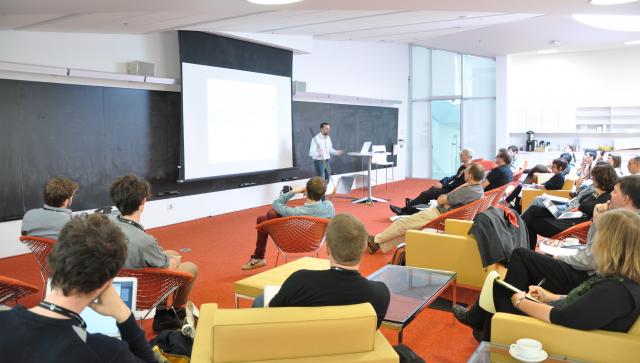
Cosmology seminar series
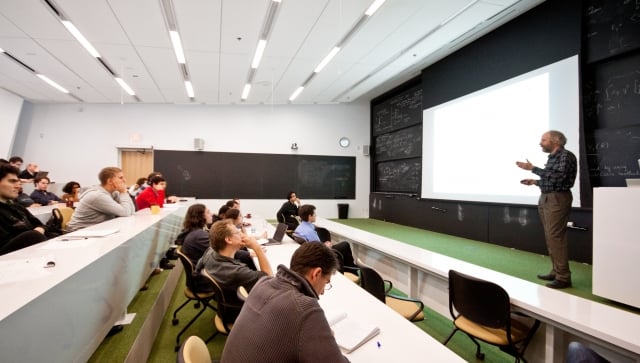
Cosmology events
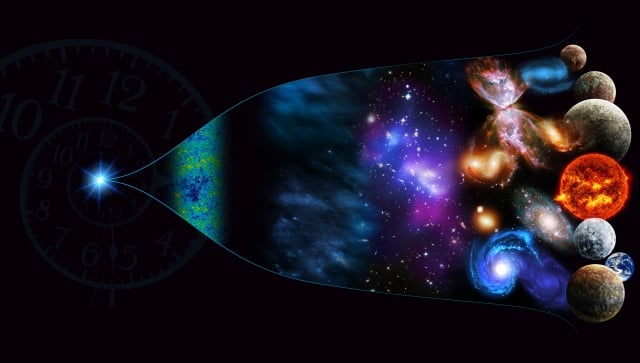
Research centres and initiatives
Cosmology researchers
-
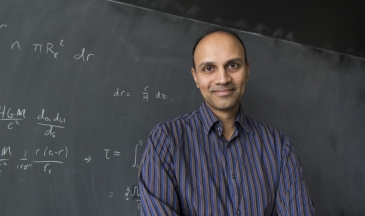
-

-

-

Kendrick Smith
Research Faculty
Perimeter Research Chair
The Daniel Family James Peebles Chair in Theoretical PhysicsCosmology -

-

-
Ghazal Geshnizjani
Teaching Faculty
Academic Staff
Training, Educational Outreach and Scientific Programs
Teaching FacultyCosmology -
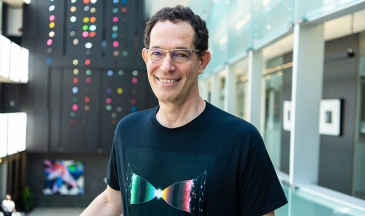
Neil Turok
Perimeter Research Chair
Perimeter Research Chair (Visiting)
Carlo Fidani Roger Penrose Distinguished Visiting Research Chair in Theoretical PhysicsCosmology -

Kendrick Smith
Research Faculty
Perimeter Research Chair
The Daniel Family James Peebles Chair in Theoretical PhysicsCosmology
Cosmology news
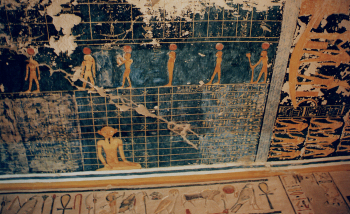
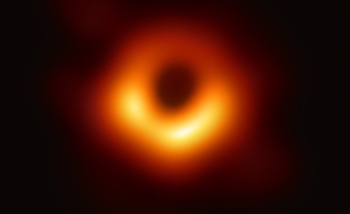
Spiralling light from M87’s supermassive black hole reveals strong magnetic fields
November 8, 2023
